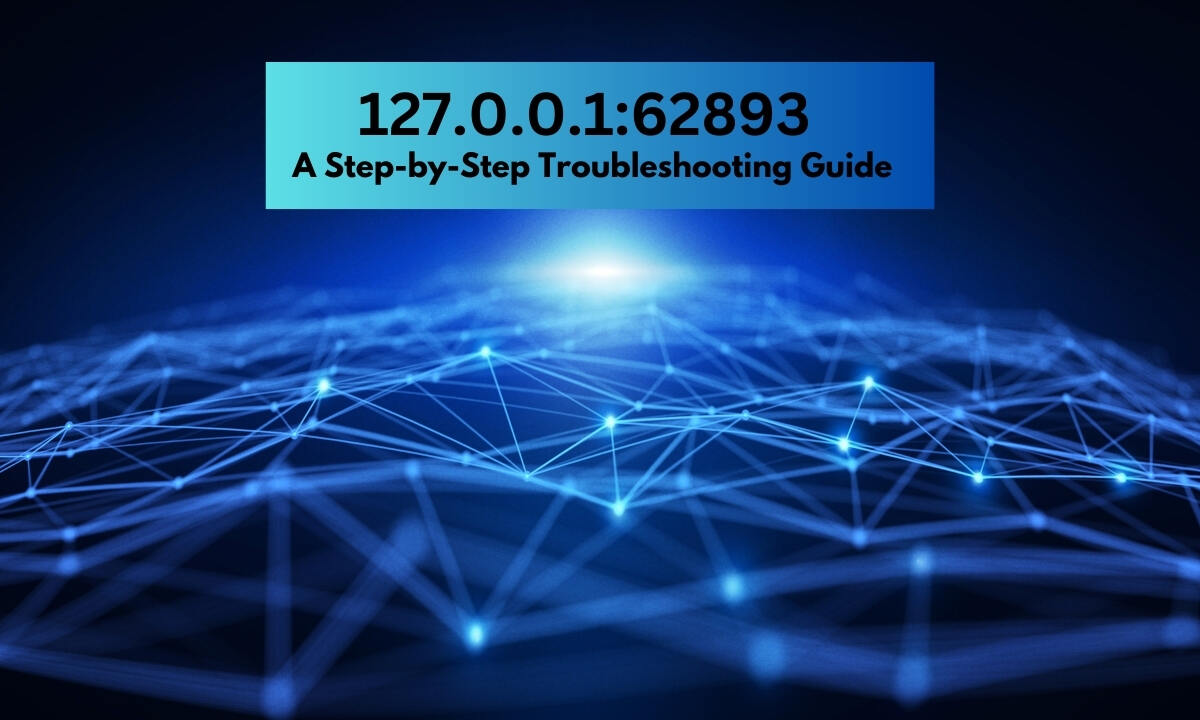Key Takeaways
- Learn the fundamentals of Security Information and Event Management (SIEM) and its applications.
- Understand the common challenges and benefits associated with SIEM.
- Discover best practices for implementing SIEM systems.
- Gain insight into future advancements and trends in SIEM technology.
Table of Contents
- What is SIEM?
- How SIEM Works
- Why SIEM is Important
- Challenges in Implementing SIEM
- Benefits of SIEM Systems
- Best Practices for SIEM Implementation
- Future Trends in SIEM
What is SIEM?
Security Information and Event Management, or SIEM, is a crucial cybersecurity equipment. SIEM brings together multiple security functions to create a unified solution. It combines security information management (SIM), which focuses on data collection and analysis, with security event management (SEM), which provides real-time monitoring and event correlation. The principal aim of SIEM is to offer a comprehensive view of an organization’s IT security. SIEM facilitates prompt responses and aids in the identification of possible security risks by combining and evaluating log data from several sources.
In the digital age, organizations face increasing cybersecurity threats through various channels. A robust security posture is crucial, and a system like SIEM helps monitor, analyze, and respond to vast IT infrastructure data. SIEM’s ability to correlate and interpret data makes identifying and mitigating potential threats indispensable.
How SIEM Works
SIEM systems collect log and event data from various sources across an organization’s IT infrastructure. This data includes logs from network devices, servers, and applications. After that, the data is standardized to provide a consistent format that facilitates analysis. Once the data is normalized, it is aggregated and correlated to identify patterns that may signify a security threat. Real-time monitoring allows SIEM systems to generate alerts based on predefined rules, which are then forwarded to security teams for further investigation. As described by Computerworld, the true strength of SIEM is its capacity to offer a consolidated perspective of an organization’s security posture, facilitating improved threat identification and reaction.
The correlation engine in a SIEM system is crucial for analyzing data to identify potential security issues. It helps organizations identify relationships between events, such as failed login attempts and successful logins, providing a comprehensive picture of swift preventive measures.
Why SIEM is Important
Organizations require tools to stay updated with the constantly changing environment of cybersecurity threats as they get more complex. SIEM provides a critical layer of defense by offering real-time insights into security events, enabling quicker detection and response to threats. According to CSO Online, one of the essential advantages of SIEM is its ability to help organizations meet compliance requirements, as it ensures that all security events are logged and auditable. Organizations may more easily comply with regulatory standards thanks to the streamlined compliance and reporting procedures and improved threat detection provided by this integrated security management method.
SIEM systems significantly reduce threat dwell time, enabling early detection and prompt response to cyber threats. Continuous network monitoring ensures real-time anomaly resolution, thereby mitigating damage caused by cyber threats.
Challenges in Implementing SIEM
Implementing an SIEM system comes with its own set of challenges. The initial setup can be complex and costly, requiring significant technological and human resources investments. One of the major hurdles is fine-tuning the system to minimize false positives, which can lead to alert fatigue among security teams. The sheer volume of data generated by SIEM systems can also be overwhelming, making it difficult to identify genuine threats among the noise. Organizations need skilled professionals who can accurately interpret the data and promptly respond to security incidents to manage an SIEM system effectively.
Maintaining a SIEM system requires regular updates to stay effective due to evolving cybersecurity threats. Organizations must integrate SIEM with other security tools and software for a comprehensive security posture, adding complexity to the SIEM implementation process.
Benefits of SIEM Systems
Despite the challenges, the benefits of SIEM systems are substantial:
- Improved Threat Detection: Real-time monitoring and alerting capabilities allow for rapid identification of potential security threats, enabling organizations to respond quickly and mitigate damage.
- Enhanced Compliance: SIEM systems help organizations meet regulatory requirements by maintaining comprehensive logs of all security events and providing the necessary tools for auditing and reporting.
- Centralized Security Management: By aggregating data from multiple sources, SIEM systems offer a single-pane view of an organization’s security posture, making it easier to manage and respond to security incidents.
- Better Incident Response: Historical data analysis provided by SIEM systems aids in faster and more accurate incident response, enabling security teams to understand the context of security events and take appropriate actions.
SIEM systems automate monitoring and data aggregation tasks, freeing valuable human resources for strategic security initiatives. This efficiency enhances the security operations center (SOC) and improves the handling of critical security incidents, thereby enhancing overall security performance.
Best Practices for SIEM Implementation
To maximize the effectiveness of SIEM systems, organizations should adhere to the following best practices:
- Thorough Planning: Before implementing an SIEM system, it is essential to define clear objectives and understand the data sources that must be integrated. This helps ensure that the system is set up to meet the organization’s specific needs.
- Regular Updates: Continuously updating SIEM rules and configurations is crucial to keep pace with evolving threats. This entails analyzing and optimizing the system to lower false positives and raise the precision of threat detection.
- Training and Education: Ensuring security teams are well-trained and knowledgeable about the SIEM system is vital for effectively managing and interpreting SIEM data. Ongoing education helps keep teams up-to-date with security trends and best practices.
- Integration: Integrating SIEM with other security tools and solutions enhances its capabilities and provides a more comprehensive security strategy. This can include integrating SIEM with endpoint protection, intrusion detection systems, and other security technologies.
A phased approach to SIEM implementation is beneficial as it starts with a smaller, manageable deployment, allowing organizations to understand the system’s intricacies before scaling up, enabling easier troubleshooting and resolving issues early on.
Future Trends in SIEM
Future artificial intelligence and machine learning advancements will impact Security Information and Event Management (SIEM) systems. These technologies will enable SIEM systems to detect anomalies and predict potential threats more effectively. Large volumes of data may be processed and analyzed by them, and they can spot patterns that point to potential security risks. The trend towards cloud-based SIEM solutions offers scalability and flexibility, allowing organizations to manage their security needs better. Because AI and ML can automate repetitive operations and filter out false positives, they can relieve some of the workload from human analysts. Cloud-based SIEM solutions offer a pay-as-you-go model, making them more cost-effective for organizations. SIEM systems will provide even more comprehensive security coverage as these technologies advance.



